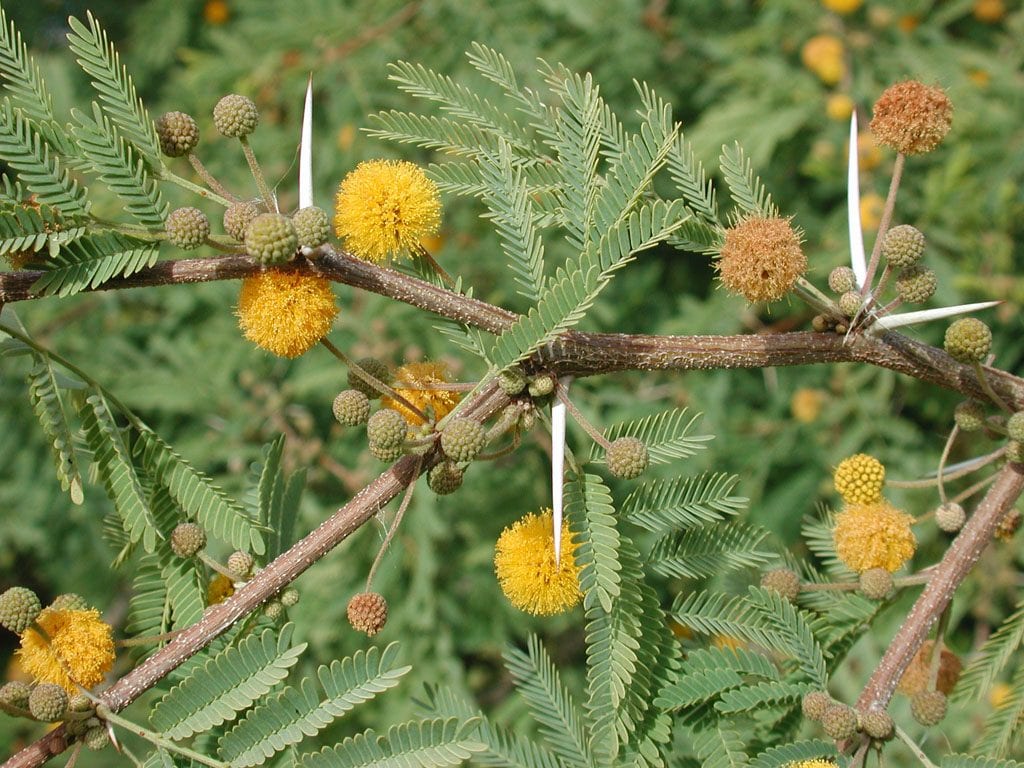
Image - Wikimedia / Mike
When living in an area where it is very hot in summer and where this season also coincides with the dry season, it is highly recommended to look for plants that are capable of living well in those conditions, not only to care, even indirectly, when environment and the resources of the place, but also to have a more beautiful and healthy garden. And the acacia farnesiana It is certainly an example of a low maintenance tree.
I have said tree, but really as it tolerates pruning you can have it as a small or medium shrub, with which It is also a perfect species to grow in a pot.
Origin and characteristics of acacia farnesiana
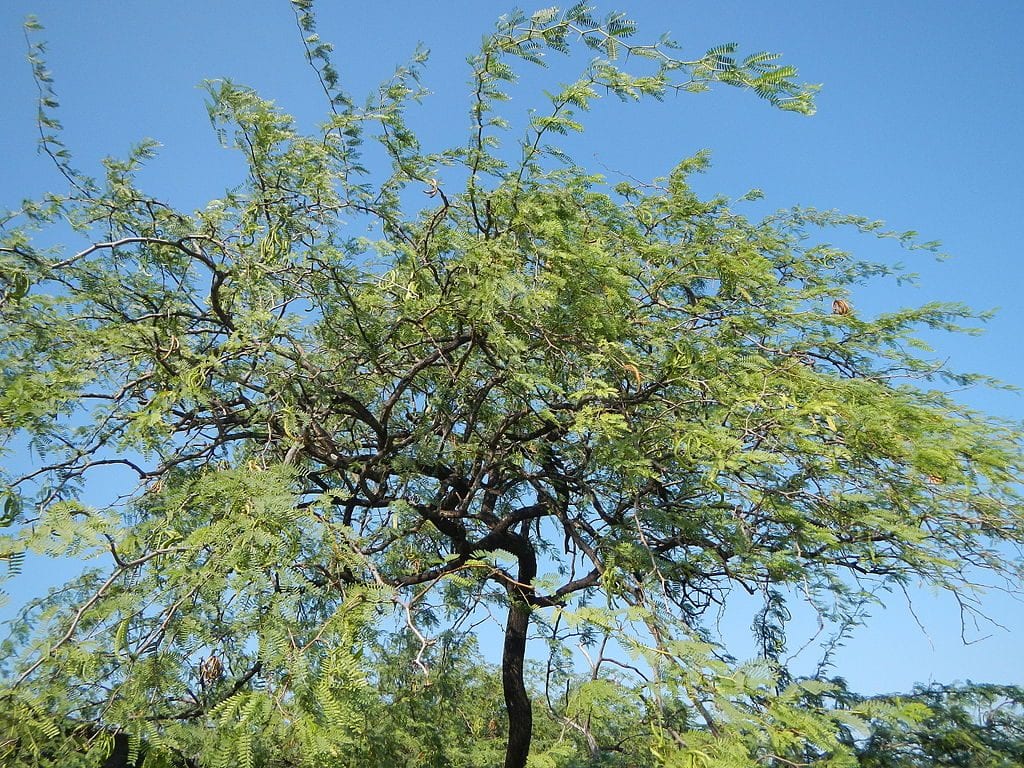
Image - Wikimedia / Juezfloro
Our protagonist is a plant native to tropical America, found from the southern United States to Brazil, Colombia and Peru. We Europeans have known it since the 1600s, when the Jesuits brought copies from Santo Domingo. Its current scientific name is Vachellia farnesiana, but still accepted acacia farnesiana. It is popularly called mimosa farnesiana or whitehead.
Grows as a tree of 10-11 metersAlthough, as we said, it can be had as a 1-2 meter bush, with a rounded crown composed of thorny branches from which alternate bipinnate leaves sprout, each leaflet 1 to 2cm long. The flowers, which are yellow and sprout in spring, are grouped in inflorescences called glomeruli, whose appearance and shape are very reminiscent of pompoms. The fruit is a reddish-brownish legume, with a somewhat leathery texture, measuring 2 to 10cm long; inside it contains brown seeds, 7-8 by 5-6mm and smooth.
How do you take care of yourself?
The whitehead is a very grateful plant; However, so that no problems of any kind arise, we advise taking care of it as follows:
Location
It has to be abroad, if possible in an area where it is in direct sunlight all day. In this way, you will have a good development.
Earth
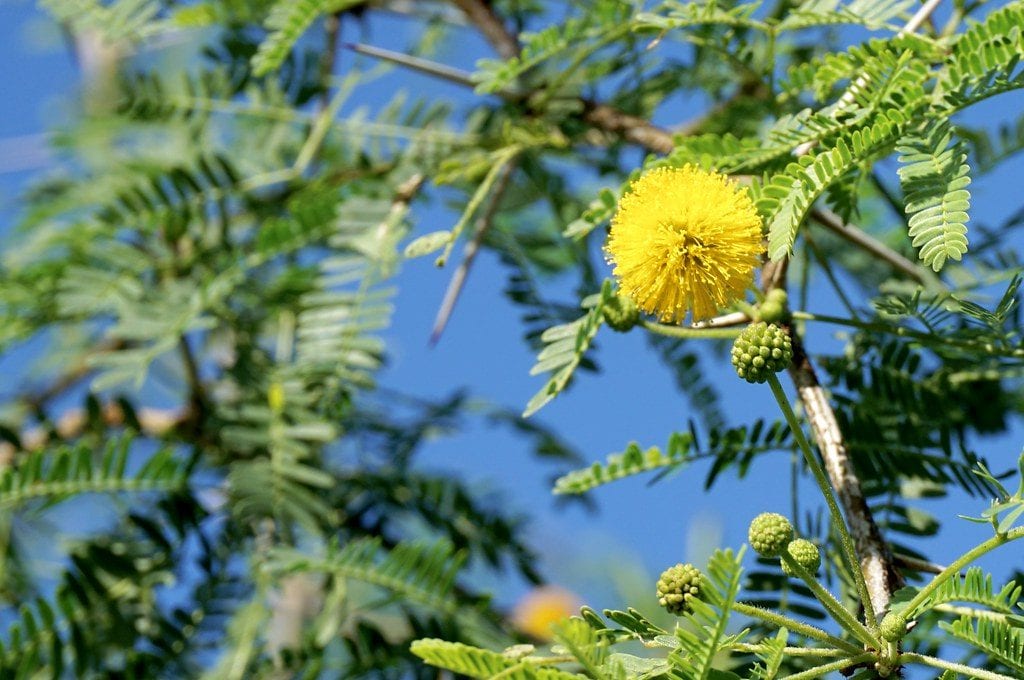
Image - Flickr / TreeWorld Wholesale
- Garden: not demanding. It grows in saline and dry soils, as well as in poor ones.
- Flower pot: uses universal substrate for plants (on sale here). You don't need to worry much about this issue 🙂.
Irrigation
Being resistant to drought, it must be taken into account that a excess irrigation it could be fatal. It does not have the same needs as succulents (cacti, and succulents), but it does you have to avoid having the earth always wet. In fact, if you have it in the garden and you live in a hot and dry area, with very mild or non-existent frosts, it will be enough that you water it 2-3 times a week in summer and 1-2 a week the rest of the year.
On the other hand, if you want to grow it in a pot, you do have to water something more often since the soil dries more quickly, especially if you have it in a pot. plastic pot.
In rainy climates the frequency of irrigation will be lower.
Subscriber
It is not necessary, but it is advisable. Plants need not only water, but also food in the form of compost (except carnivorous ones, which do not compost) in order to be healthy. Mimosa Farnesiana will appreciate a weekly or biweekly contribution of organic fertilizer during the first and summer, and even in autumn if temperatures remain high (above 15ºC).
Multiplication
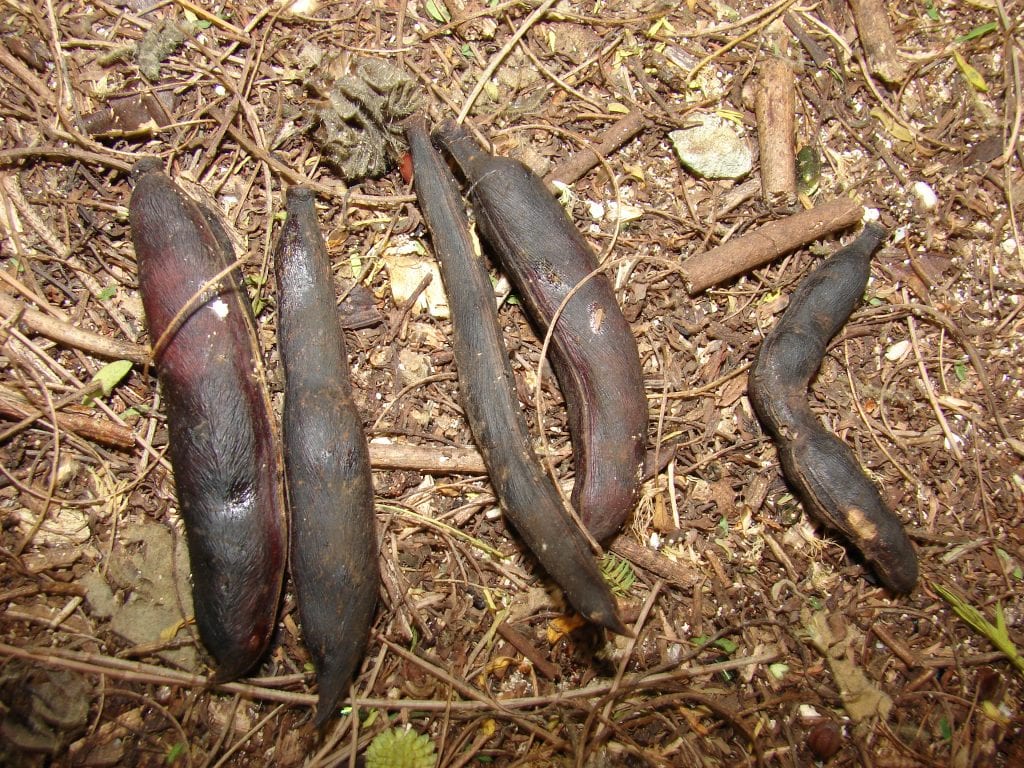
Image - Wikimedia / Forest & Kim Starr
It multiplies by seeds in spring, which have to undergo a pregerminative treatment known as heat shock. This consists of introducing the seeds for 1 second in a glass with boiling water -with the help of a strainer- and then putting them in another glass with water at room temperature for 24 hours.
With this, it is possible to cause micro-cuts in the shell, through which water will enter, hydrating the fertilized egg, waking it up and 'forcing' it to germinate. It can also be done in another way, sanding a little, but taking into account that the shell is thin and that, therefore, it is easy for us to sand more, we believe that thermal shock is a better option because it is controlled in a more efficient way. simple, and if done well the risk of the seeds spoiling is minimal.
After that time, they are sown in individual pots with universal growing substrate, outdoors, in full sun.
You will see that will germinate in a matter of days, usually 3-7.
Pruning
Late winter, or in autumn if the weather is mild. Remove dry, diseased, weak and broken branches. Take the opportunity to cut out those that have grown too much.
Diseases and pests
Does not have.
Planting or transplanting time
In spring, when the risk of frost has passed.
Rusticity
La acacia farnesiana resist up to -7ºC.
What uses does it have?
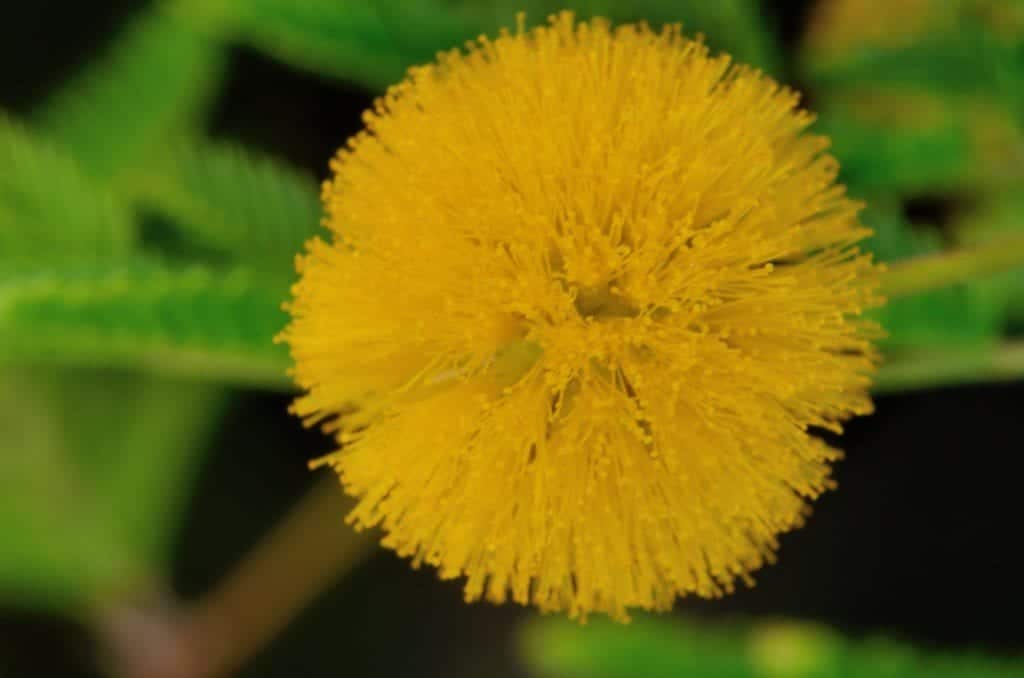
Image - Flickr / 澎湖 小 雲雀
Ornamental
It is basically used as a garden plant. Whether it is kept as an isolated specimen or in groups, it looks very good. It is also an interesting species to work as bonsai.
Food
The leaves can be used as a condiment, but with caution.
On the other hand, the leaves, flowers and fruits are used as fodder for cattle and goats.
Other uses
It has these:
- Flavoring: The essential oil of the flowers is used to perfume clothes, powders, wardrobes, etc. for its pleasant aroma of violets.
- Tanning: the bark and pods are rich in tannins, which is why they are used for tanning and dyeing leathers and nets.
Where to buy?
La acacia farnesiana It is sold in nurseries and garden stores, both in plant and in seeds. You can also get it here:
No products found.